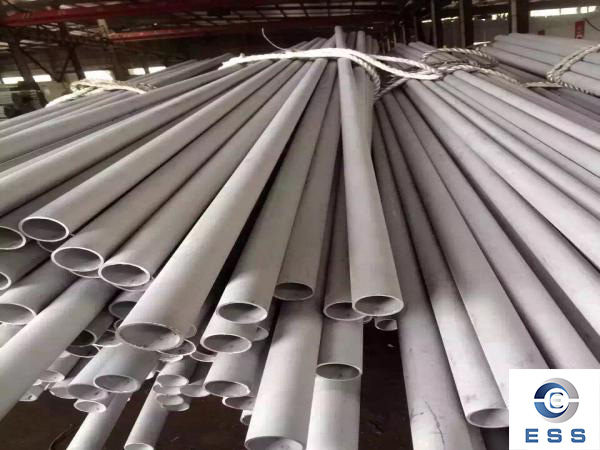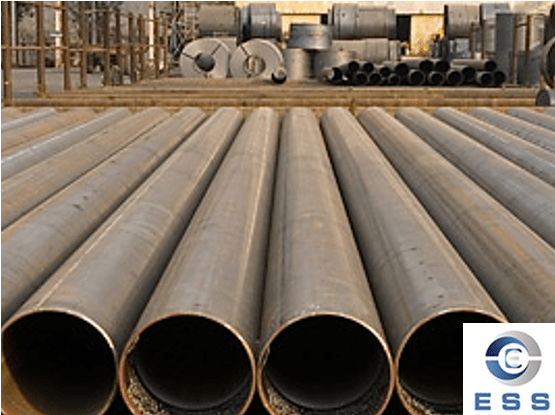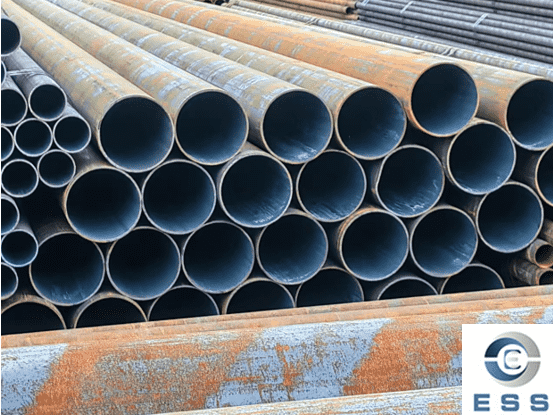As we all know, thick-walled
stainless steel seamless pipe have better performance after heat treatment and are more in line with the performance requirements of mechanical parts. However, during thermal processing, metal materials may cause deformation and other problems. The appearance deformation of metal materials has a fatal impact on the processing of mechanical parts. Let’s learn about the three major factors that cause heat treatment deformation of thick-walled stainless steel
seamless pipe.

1. Quenching medium factors
Relevant practical research shows that during the implementation of the heat treatment process, the selection of quenching medium is related to the effect of the heat treatment process and is closely related to the occurrence of material deformation.
In actual heat treatment, the choice of quenching medium quality affects the quenching effect of thick-walled stainless steel
seamless pipe, and its quenching stability is severely restricted. In addition, the mixing speed and method of the medium will also have a certain impact on the material. If the media mixing method is unreasonable, it will increase the possibility of material deformation.
2. Internal stress plastic deformation factors
During the heat treatment process of stainless steel product pipes, uneven heating and cooling as well as uneven phase change time will generate internal stress, and under certain plastic conditions, internal stress plastic deformation will occur.
During the heating and cooling process, the inner and outer layers of the steel pipe have different heating and cooling rates, resulting in different temperatures, resulting in different degrees of thermal expansion and cold contraction. The resulting stress deformation is called thermal stress plastic deformation. During the heating and cooling process, the internal structure of thick-walled stainless steel seamless pipe will change and change at different times.
3. Volume deformation factors
Volume deformation During the heat treatment of
stainless steel welded pipe, the specific volumes of various phase structures are different. The volume and size changes during the phase change process are specific volume deformations. Specific volume deformation is usually only related to the content of carbon and gold elements in austenite, the amount of free phase carbide and ferrite, the difference in specific volume of the structure before and after quenching, and the amount of retained austenite.
Generally speaking, volume deformation is caused by changes in specific volume during phase transition. The mass volume of martensite is larger than other constituent phases of steel. When thick-walled stainless steel seamless pipe transform from other composition phases to martensite during heat treatment, the volume will inevitably increase. The mass volume of austenite is smaller than that of other steel structures. The volume will decrease as it transforms from other constituent phases to austenite during heat treatment.
Through the above introduction, we can know that the main factors for heat treatment deformation of thick-walled stainless steel seamless pipe include quenching medium and the stirring speed of the medium; internal stress plastic deformation; and volume deformation. The deformation during the heat treatment process has a certain impact on efficiency. In order to ensure the accuracy of thick-walled stainless steel seamless pipes, corresponding measures need to be taken to control the deformation of the workpiece during the heat treatment process to the minimum range.
Read more: Difference between seamless pipe and seam pipe













 Eastern Steel Manufacturing Co.,Ltd not only improve product production and sales services, but also provide additional value-added services. As long as you need, we can complete your specific needs together.
Eastern Steel Manufacturing Co.,Ltd not only improve product production and sales services, but also provide additional value-added services. As long as you need, we can complete your specific needs together.










